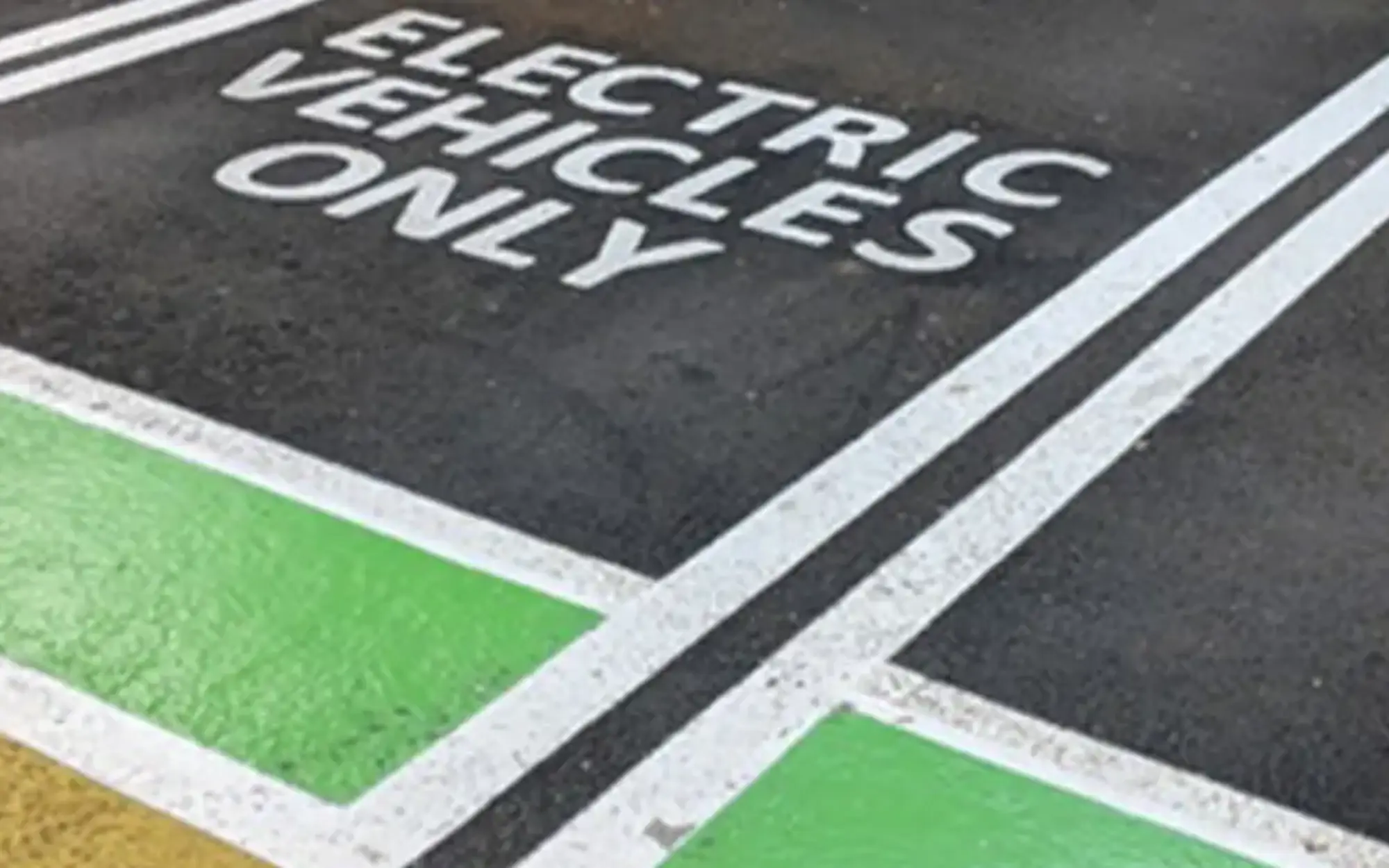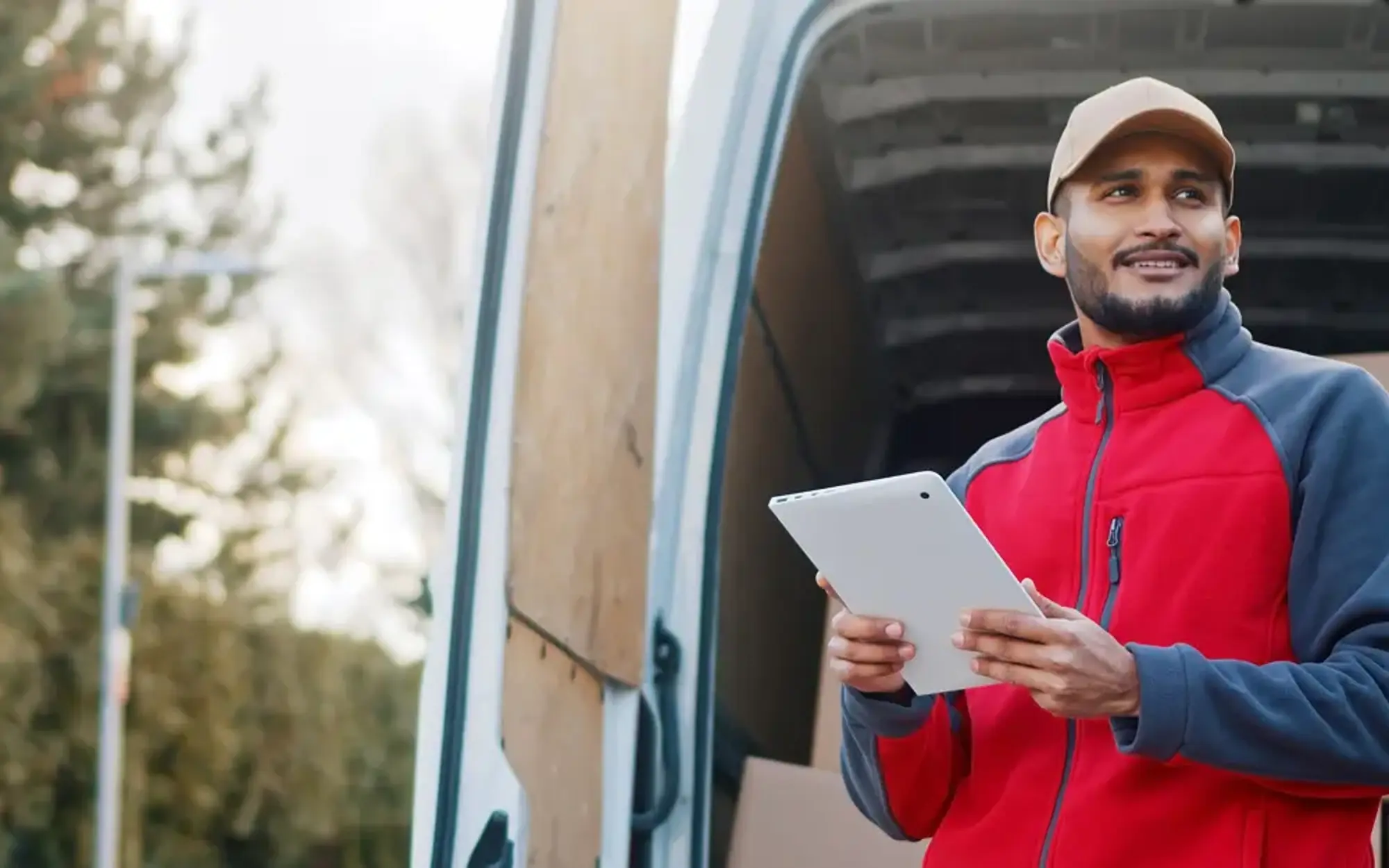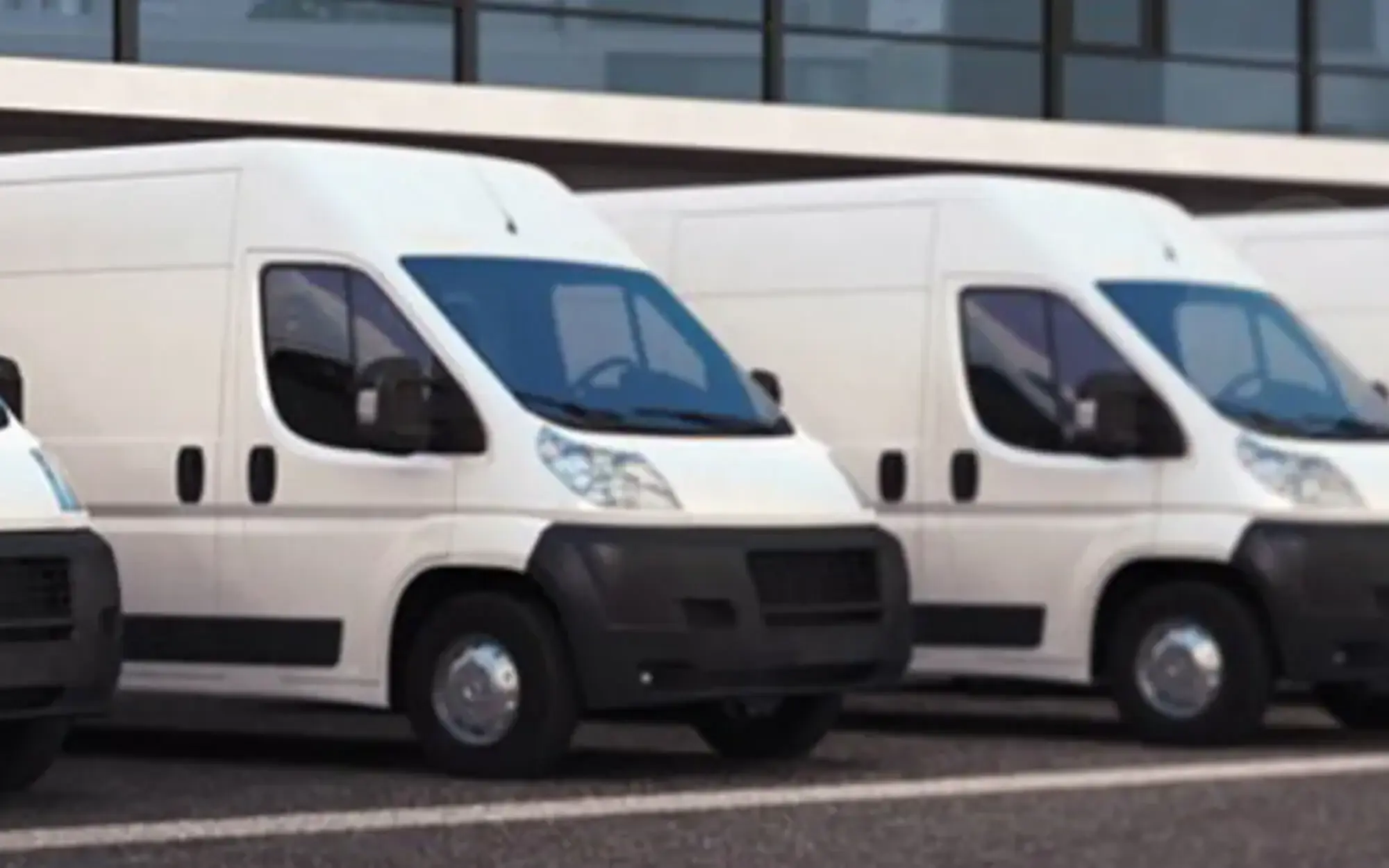
How to track your company vehicles
Tracking your fleet is more complicated than just attaching a GPS device to a vehicle. You need to follow common procedures to ensure you’re safeguarding your employees and your business
Tracking your vehicles: procedures and laws
Tracking your fleet is more complicated than just attaching a GPS device to a vehicle. You need to follow common procedures to ensure you’re safeguarding your employees and your business. Before you learn how to track your business vehicles, you should be aware of how to stay within the law.
As an employer, there are many reasons why you may want to track your business vehicles. This could be because you want to prevent the possibility of theft or to monitor driver safety. You could also use a tracking device to analyse the fastest routes to reduce fuel consumption.
Ways to track vehicles
The best and most common way to track business vehicles is through GPS fleet management technology (also known as telematics or fleet tracking). This process uses a GPS-capable device to relay information to GPS tracking software. By installing a small box in your vehicles, you can keep track of your cars, vans, and drivers at all times from your customised portal, receiving up-to-the-minute information.
RAC Connected offers multiple, bespoke, and flexible fleet management solutions for businesses running several vehicles. Our technology will help you reduce business costs, boost driver safety, support the need to provide duty of care, and improve customer service – all by installing a small box in your vehicles. This powerful solution is one of the most affordable options on the market.
Employee consent
The main thing you need to remember when deciding to add tracking devices to your fleet is that you will need to inform your drivers. Tracking a vehicle is only considered legal if you give a clear and formal notification to any employee who is being tracked. You will need to inform them that they are being monitored, for what reason, and during what times. This information must be easily accessible for them to view at any time.
It’s illegal to hide a tracking device within a vehicle as it could be construed as an employer secretly monitoring employee behaviour. Only with the employee’s consent are you allowed to use a tracking device.
The right to privacy
All employees have the right to confidentiality and privacy. This is a legal requirement in accordance with both the Human Rights Act and the Data Protection Act 1998.
The Human Rights Act protects the personal and individual right of an employee’s privacy. This means that to misuse or collect personal information without the person's knowledge is illegal, which includes vehicle tracking devices.
The Data Protection Act 1998 concerns the collection, storage, and sharing of personal data and considers the hypothetically damaging impact this would have on an individual if the data was mistreated.
Tracking within business hours
All data must be used for business purposes only. If an employee uses the vehicle for personal as well as business use, you need to consider their right to a private life. You should not monitor their driving activity outside of working hours as it’s not necessary for business growth or development.
As an employer, you will need to provide them with what is essentially an off switch, so they can disable the GPS tracking device when they’re driving outside of their working hours. This is so they can go about their out-of-work life without the worry of the business looking in on their personal life. With the power of turning off the system, you’re not only ensuring their privacy is protected, but you’re ensuring you stay within the law by only collecting data for business purposes during working hours. This will help you track the vehicle and not the individual employee. The data collected should be confidential and only used for management purposes. Do remember it’s against the law to use the data to monitor an employee’s behaviour.
The law
It’s an illegal offence to alter or tamper with GPS data that’s collected by your fleets’ tracking devices. Under no circumstances should you use ‘GPS-jamming devices’ to adjust or compromise the device as it may damage the safety of recording and storing the GPS results. Even if it’s not your intention to damage the device, jeopardising the system is going against your responsibility of safeguarding the data and your employees and is illegal.
Being GDPR compliant
Any data that can pinpoint the exact location of an individual is considered personal data. This means that the GPS results collected from the tracking device are considered personal and should be handled with care. To do this correctly, you’ll need to collect, process, and store the data in accordance with the updated GDPR regulation. Employers must make sure they are processing the data fairly and for a specific purpose. The data needs to be relevant and of adequacy, which means you can not process excessive amounts of data. All recordings need to be recorded for a reason. Before you’re able to store any data, you will have to gain written permission from the drivers, which can be as simple as a signature on a consent form. You should safeguard any findings and store the results from each tracking device correctly and safely in a password-protected drive. The data should be deleted once it has fulfilled its purpose.
Telematics and RAC Connected Solutions
Telematics involves using GPS and other technologies to collect and analyse vehicle data. RAC Connected offers telematics solutions like ConnectOne and Connect360. These tools help with HMRC compliant mileage classification, driver behaviour scoring, vehicle health monitoring, and more. Learn more about our telematics solutions here: RAC Telematics.
- ConnectOne: A simple, self-fit device for powerful plug-in fleet management.
- Connect360: A professionally installed device for enhanced fleet management, offering live location data, fuel usage tracking, and more.
- Connect360 Vehicle CCTV: Fleet dashcams providing comprehensive coverage and safety alerts.




